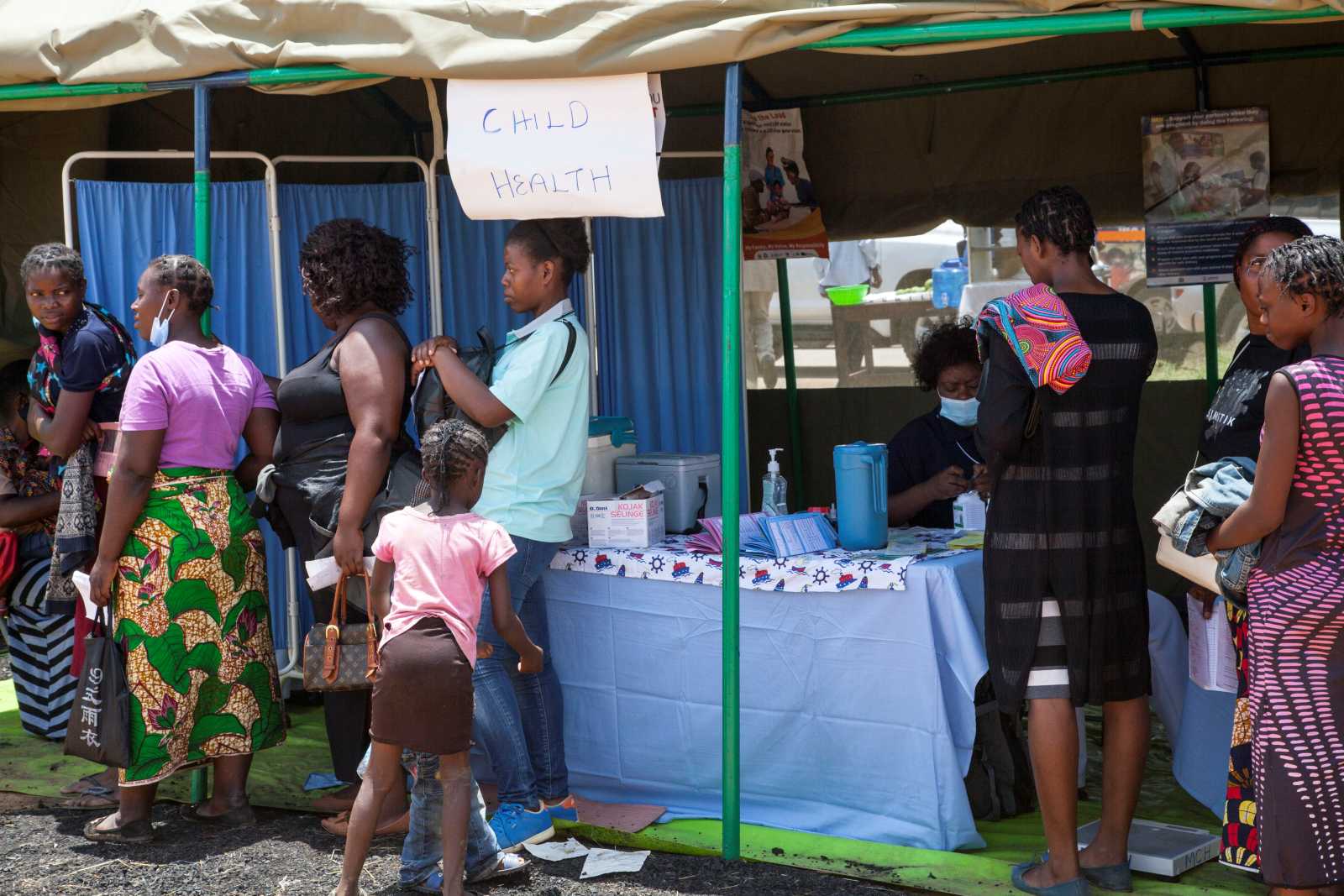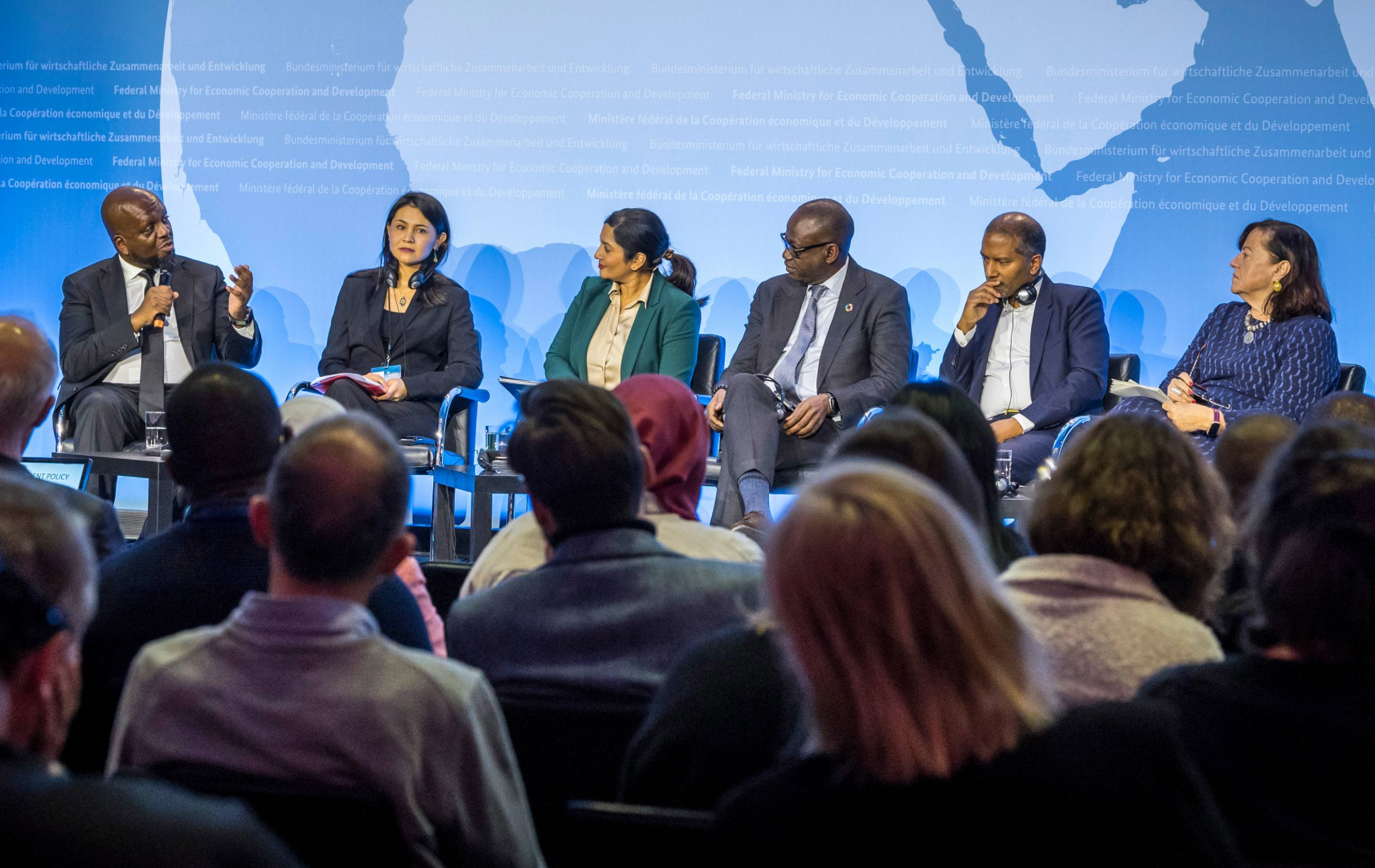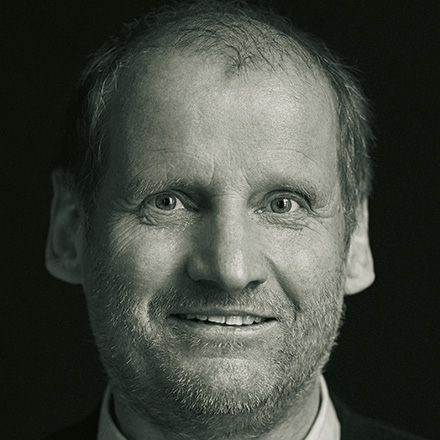Aid effectiveness
The myth of NGO superiority
It is easy to lament the stinginess and selfishness of official donors, as Kishore Mahbubani did in D+C/E+Z 2/2008. Those donors provide critics with the data needed to expose the flaws of official development assistance (ODA). It is different with NGOs. Their aid is certainly relevant, but its allocation has hardly been mapped, let alone explained. The main reason is that sufficiently detailed data are hard to come by. After all, NGOs probably do not want critical analysis to tarnish their image of being superior donors.
NGOs are often believed to provide well-targeted aid. They are said to be particularly close to the poor, as many of them directly cooperate with local target groups, circumventing recipient governments with a reputation of corruption. Accordingly, the argument goes, they are better aligned to poor people’s needs, and suffer from less leakage. Moreover, it is said that NGO aid is less distorted by donor governments’ commercial and political interests, such as export promotion or political alliances.
Donor governments seem to share that favourable view. To a large extent, they channel ODA through NGOs. In some donor countries, the share of such ODA is as high as 20 %. The total of aid granted by NGOs from OECD nations amounted to almost $ 15 billion per annum in 2005 and 2006. That sum exceeded bilateral ODA from every individual donor country except for the USA.
Some critics, however, suspect that the case for NGO aid largely rests on ideological grounds. The view that NGOs have a clear focus on the poor first came under attack in the 1990s. Critics believe that NGOs probably prefer the quiet life of implementing their national governments’ agendas to risking failure in attempts to outperform state agencies. This seems all the more likely as some NGOs financially depend on official “backdonors”.
The cases of Sweden and Switzerland
uch criticism is hardly supported by empirical research so far; and that is something it has in common with the wide-spread faith in high NGO performance. NGOs only rarely support scholars who collect data. Doing research on German NGOs, for instance, therefore tends to be frustrating. By contrast, two relatively small donors – Sweden and Switzerland – offer reasonable data to compare NGOs and state agencies by analysing the following three questions:
– Do NGOs focus more strongly than ODA on those countries where need is most pressing?
– Do NGOs engage in particular where the policy environment is difficult, so government-to-government transfers are unlikely to work?
– Do NGOs behave more altruistically than state aid agencies, which may be pursuing hidden agendas?
Research done at the Kiel Institute for the World Economy in cooperation with the KOF Swiss Economic Institute in Zurich and the Radboud University in Nijmegen has led to only preliminary results so far, but they do reinforce the sceptics’ view on NGO aid. The answer to the first question is clearly “no” if one judges recipients’ need for aid by average per-capita incomes. The increase in Swiss NGO aid for countries with lower average income, for instance, was slightly less pronounced than the increase in Swiss ODA. In striking contrast to Swedish ODA, Swedish NGOs completely ignored the income position of recipients, spreading their aid almost equally over low and middle-income countries. The poorest 25 % only received 27 % of Swedish NGO funds, whereas the wealthiest 25 % received 22 %. The picture is more favourable for Swiss NGOs if need is measured in terms of absolute poverty (share of the population living on less than one or two dollars per day). Swedish NGOs hardly differ from state agencies in this respect.
As for institutional environments, we found interesting differences between Sweden and Switzerland, but they did not follow the NGO-government divide. Both Swedish and Swiss NGOs tended to mirror their governments. This is in conflict with advice by the World Bank which is echoed in many policy documents both at UN and national levels. Accordingly, official donors should focus on better governed countries in order to render ODA more effective, whereas NGOs should become active predominantly where governance is bad. Just like the state-run agencies, Swedish NGOs were not particularly active in challenging settings. Swiss NGOs did allocate more funds to countries with weak institutions – but so did the Swiss government. It thus seems that Swiss NGOs were accommodating government policy rather than trying to excel in places where governance was particularly troubled.
As for donor countries’ own interests, neither Swedish nor Swiss NGOs seemed to be pursuing any hidden agenda. The notable exception was that Swiss NGOs resembled their government in providing more aid to countries that voted in line with Switzerland at the UN. Switzerland’s neutrality may be at the root of this finding; both the government and NGOs may feel that developing countries that take a similar stance deserve support. On the other hand, countries with commercial relevance to both Sweden and Switzerland, for instance as export markets, did not get significantly more NGO aid. Once again, however, NGO performance did not differ much from their governments’. Comparisons among OECD countries typically show that Sweden and Switzerland belong in the “altruistic” camp of countries that do not use ODA to promote exports.
NGOs based in various OECD countries
NGOs may have better chances to excel in less altruistic donor countries. OECD nations that are known for more self-searching development policies include big donors like France, the USA and Japan. To assess NGO aid tentatively for a broader donor sample, our Dutch co-author, Dirk-Jan Koch, collected data on some 60 OECD-based NGOs. Together, these NGOs spent
$ 5.7 billion on aid to almost all recipient countries in 2005. That was nearly as much as the four Scandinavian countries spent on ODA that year.
One may, of course, doubt the representativeness of the sample. Moreover, the data only refer to one year. Nonetheless, it is striking that the aid allocation of the seven German NGOs included in the sample was actually biased against poorer countries. Brazil and South Africa were among the top-10 recipients of German NGO aid in absolute terms, even though the per-capita income of both countries ranged in the highest quartile. The top-10 with respect to aid per capita included four countries in the upper income half (Botswana, Cape Verde, Namibia and Swaziland). The whole group of 60 NGOs granted more aid to needier countries, however.
The impact of local institutions on NGO aid from all OECD countries together remained inconclusive. It seems that many NGOs were torn between favouring better governed countries and allocating aid in accordance with the comparative advantage NGOs might have in working under difficult local conditions.
NGOs from all donor countries taken together have a strong tendency to replicate the aid allocation of official backdonors. This indicates the limits to autonomous decision-making of NGOs that depend on government funds. Moreover, NGOs tend to follow their peers, probably in order to control risks by hiding in the crowd. In any case, NGO aid is clustered, and NGOs are deepening the divide between so-called donor darlings and aid orphans.
Conclusion
All in all, our findings point to NGO aid not being a panacea for providing better-targeted aid and boosting aid effectiveness. In contrast to what one might expect, NGOs seem to prefer to keep a low profile. They did not try to distinguish themselves from state aid agencies by outperforming the latter in terms of focus on the neediest, or by entering uncharted waters where ODA is likely to fail.
The preliminary nature of the findings reported in this short account of ongoing research must be stressed. Future research will have to look into what exactly is driving NGOs to replicate both official donors and peers. It must also be understood to what extent NGOs that rely strongly on official backdonors behave differently from those that are truly independent. To assess these matters, it would certainly help if NGOs became more transparent and opened their books to research.














